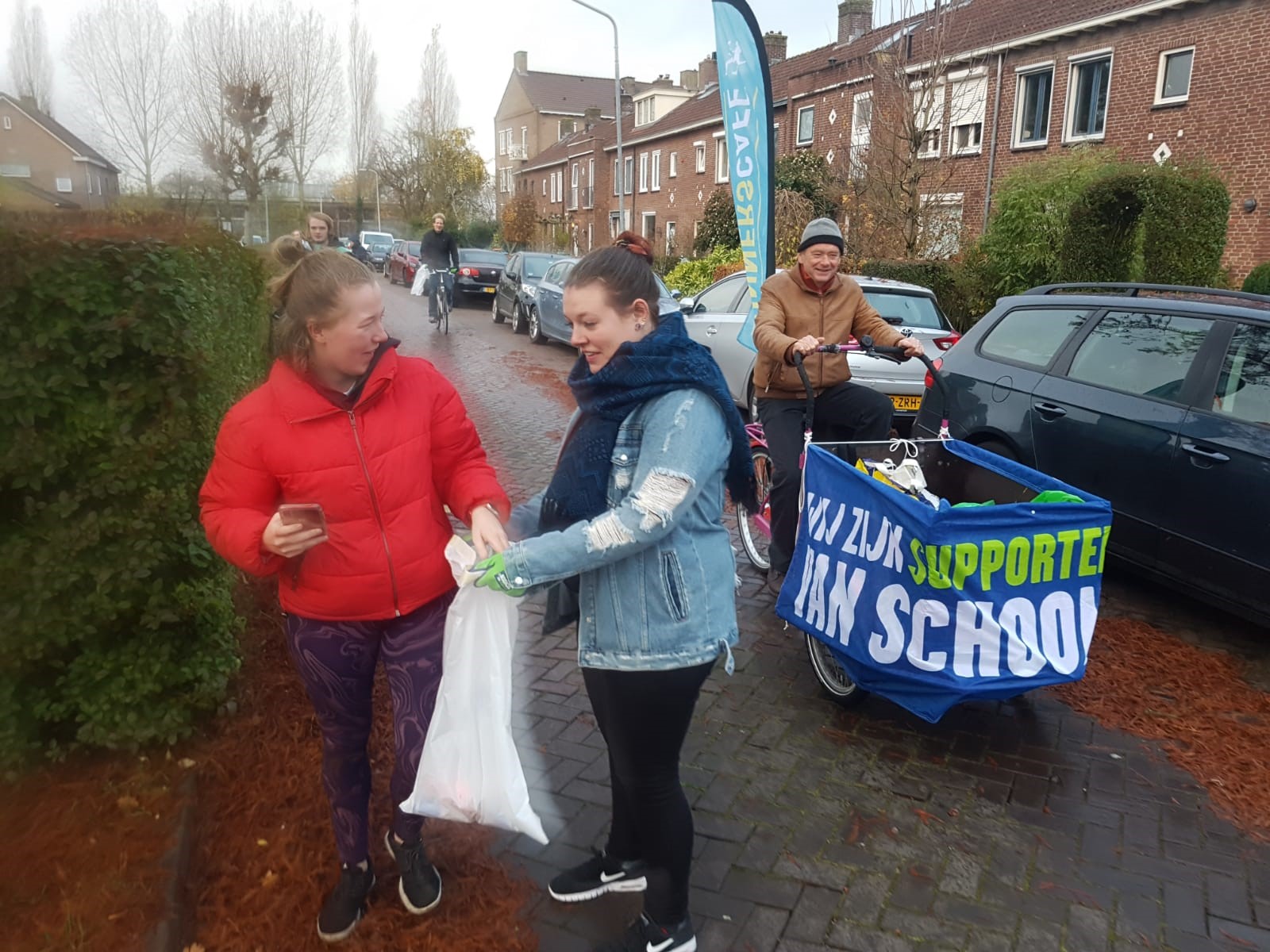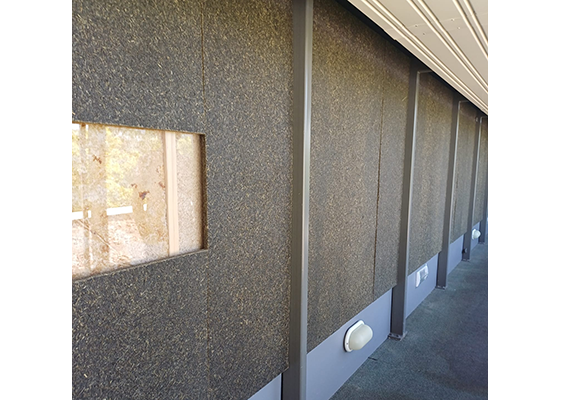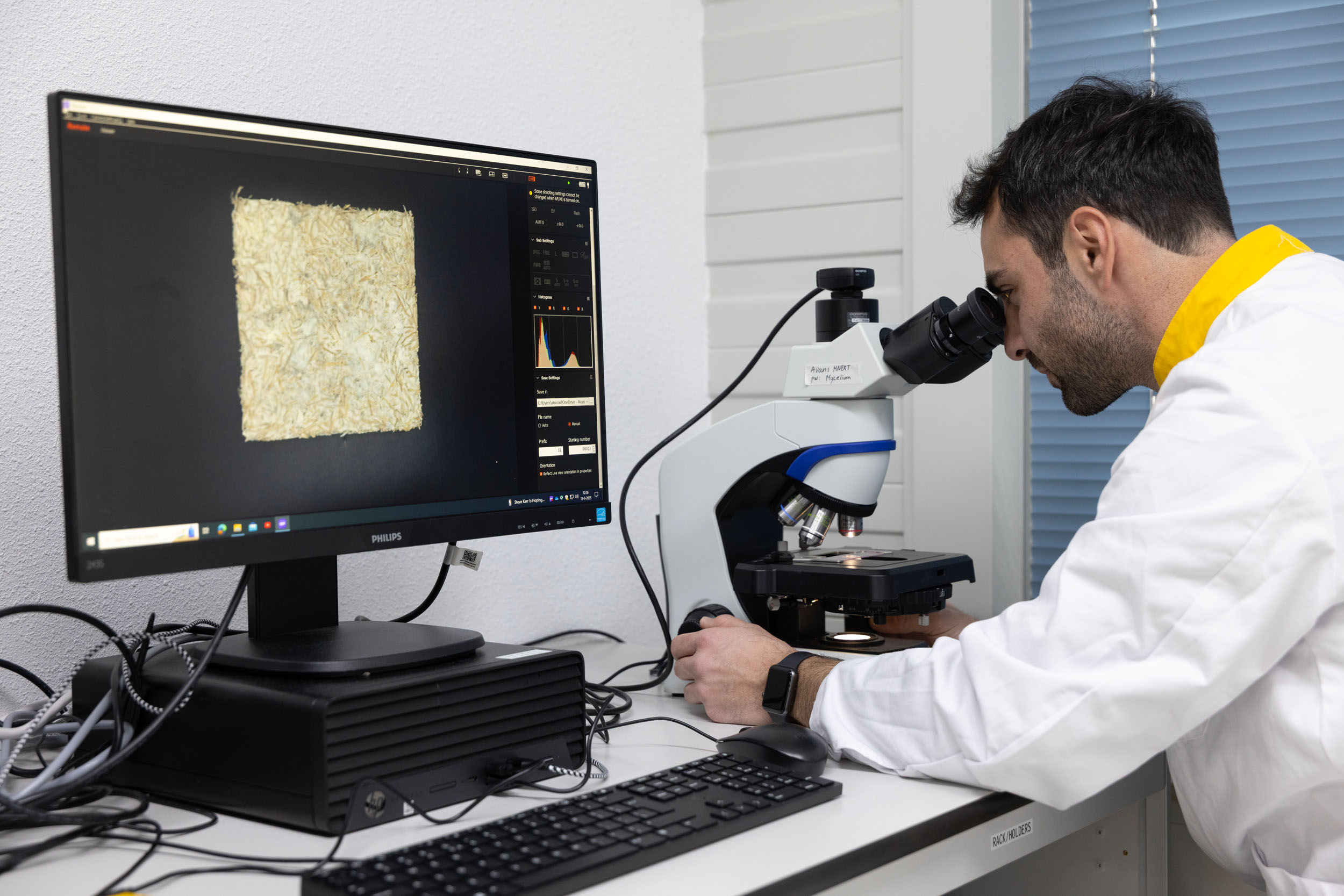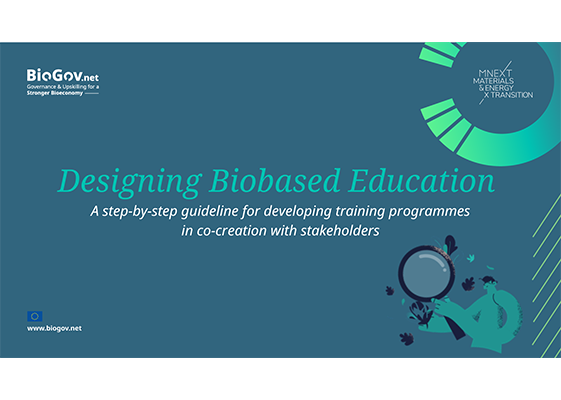The event was held in collaboration with RunnersCafe. The group was led by Ron Bekker, founder of RunnersCafe, and took off from the Hogeschool reception. The weather was less than ideal but the group ran on through the rain to collect 500 individual pieces of litter. Accompanying the group was Arnold Verbakel, from Stadsjutters, who gathered all the rubbish collected.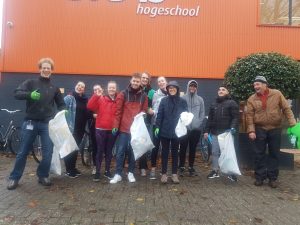
Plogging events are organised by Ron and details can be found on the Runnerscafe facebook page. Plogging is a fantastic way to help in creating a cleaner Breda, and a chance to improve your fitness!
Contribute
You too can contribute to the project by installing the Litterati app on your phone and join the ‘local challenge’ Stadsjutters Breda. All the litter you collect is added to the big pile of data, which then is used to identify certain hotspots within the city and provide tailormade solutions to each hotspot. Read all about how you can contribute on the website: stadsjuttersbreda.nl.
Op 27 november namen studenten van Avans deel aan een Plogging evenement in Breda. Plogging is een combinatie van het verzamelen van zwerfafval en joggen, terwijl je ook de Litterati-app gebruikt. Litterati wordt gebruikt om data van al het opgeruimde zwerfafval in Breda te verzamelen. Deze informatie zal vervolgens worden gebruikt voor het projectwerk binnen de Minor Milieugeografie in Avans. Alles met als doel een schoner Breda te creëren.
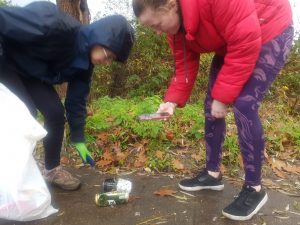 Het evenement werd gehouden in samenwerking met RunnersCafe. De groep werd geleid door Ron Bekker, oprichter van RunnersCafe, en vertrok vanaf de receptie van de Hogeschool. Het weer was minder dan ideaal, maar de groep rende door de regen om 500 afzonderlijke stukken afval te verzamelen. De groep werd vergezeld door Arnold Verbakel, van Stadsjutters, die al het verzamelde afval verzamelde. Ploggings worden georganiseerd door Ron en details zijn te vinden op de Runnerscafe-facebookpagina. Bloggen is een fantastische manier om een schoner Breda te helpen creëren en een kans om je conditie te verbeteren!
Het evenement werd gehouden in samenwerking met RunnersCafe. De groep werd geleid door Ron Bekker, oprichter van RunnersCafe, en vertrok vanaf de receptie van de Hogeschool. Het weer was minder dan ideaal, maar de groep rende door de regen om 500 afzonderlijke stukken afval te verzamelen. De groep werd vergezeld door Arnold Verbakel, van Stadsjutters, die al het verzamelde afval verzamelde. Ploggings worden georganiseerd door Ron en details zijn te vinden op de Runnerscafe-facebookpagina. Bloggen is een fantastische manier om een schoner Breda te helpen creëren en een kans om je conditie te verbeteren!
Bijdrage leveren
Ook u kunt een bijdrage leveren aan het project door de Litterati-app op uw telefoon te installeren en deel te nemen aan de ‘lokale uitdaging’ Stadsjutters Breda. Al het afval dat je verzamelt, wordt toegevoegd aan de grote stapel gegevens, die vervolgens wordt gebruikt om bepaalde hotspots in de stad te identificeren en oplossingen op maat te bieden voor elke hotspot. Lees alles over hoe u kunt bijdragen op de website: stadsjuttersbreda.nl.




